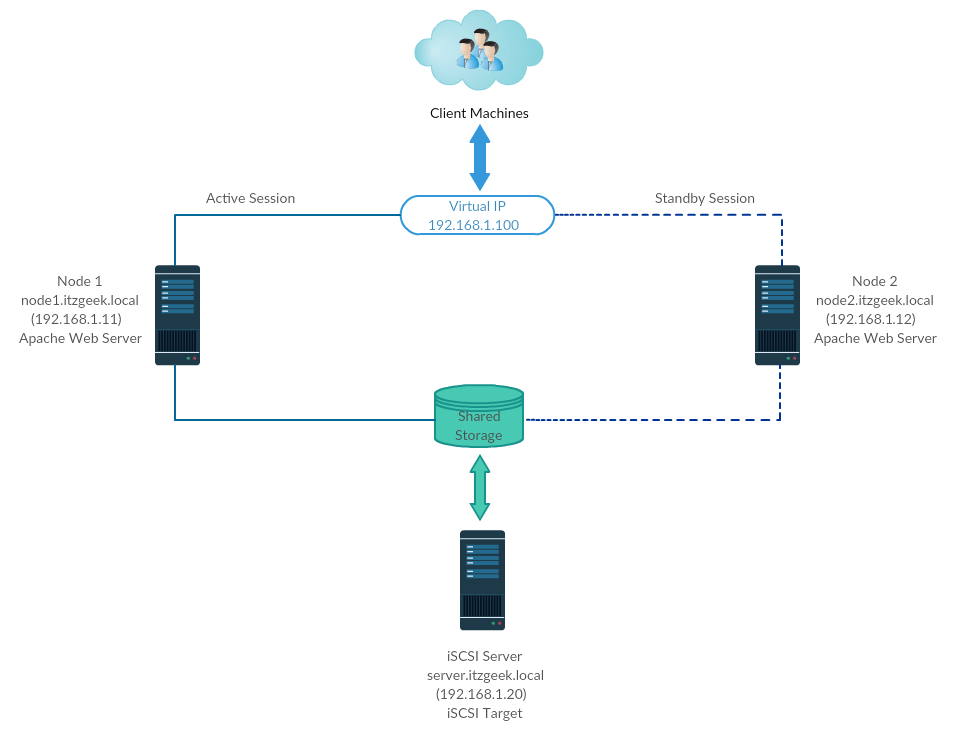
Use psql command to access PostgreSQL prompt with admin privileges. Also enable PostgreSQL service to auto start on system boot.Īfter completing above steps, you have installed PostgreSQL 9.4 on your server, Let’s login to postfix to verify that installation completed successfully.

To start PostgreSQL service using following command as per your operating systems. PostgreSQL data directory Path: /var/lib/pgsql/9.4/data/ Step 4: Start PostgreSQL Server PGDATA environment variable contains the path of data directory. # /usr/pgsql-9.4/bin/postgresql94-setup initdbĪbove command will take some time to initialize PostgreSQL first time.

To initialize database use below command. # yum install postgresql94-server postgresql94Īfter installing PostgreSQL server, It’s required to initialize it before using first time. Step 2: Installing PostgreSQL ServerĪfter enabling PostgreSQL yum repository in your system use following command to install PostgreSQL 9.4.X on your system with yum package manager. CentOS/RHEL 7įor more details visit PostgreSQL repositories link page where you can get repository package rpm for various operating systems. Step 1: Adding PostgreSQL Yum Repositoryįirst step is to install PostgreSQL repository in your system, Use one of below commands as per your system architecture and operating system. This article will help you for installing PostgreSQL on CentOS, RHEL releases 7/6/5 and Fedora 21/20/19 Linux systems.

PostgreSQL is developed at the University of California at Berkeley Computer Science Department. PostgreSQL is an open source object-relational, highly scalable, SQL compliant database management system.

We will setup the required repositories then install and configure the postgresql service. In this article we will install and configure postgresql 9.4 on Linux systems (RPM Family “Redhat /CentOS /Scientific Linux releases 7/6/5 and Fedora 21/20/19”).


 0 kommentar(er)
0 kommentar(er)
